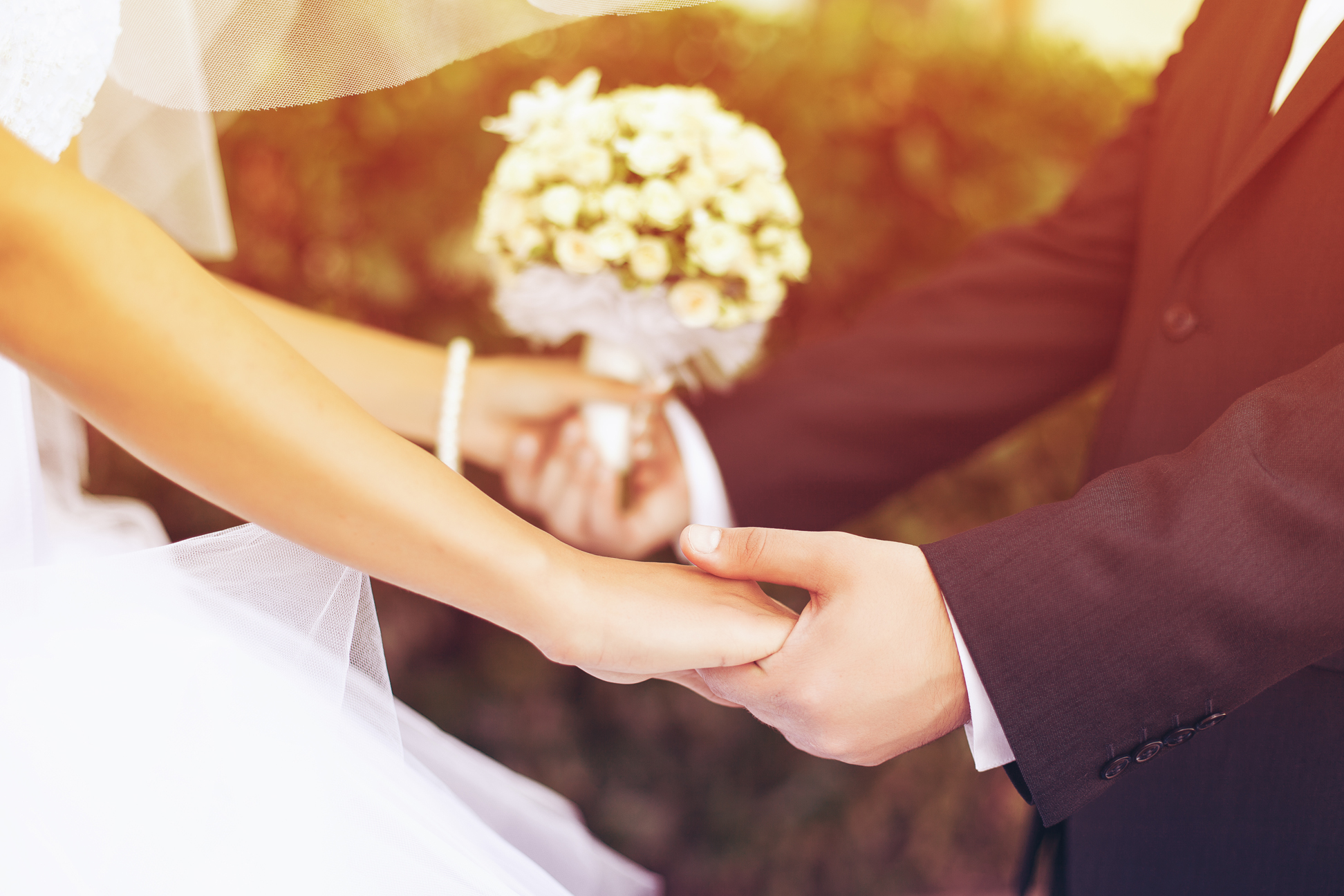News
Two million married couples miss out on £1.3bn tax break

Guest Author:
Paloma KubiakMore than £1.3bn of tax allowances remain unclaimed by married couples or those in civil partnerships. If you’re eligible, here’s how to claim up to £662.
Take up of the Marriage Allowance tax break has been poor since it was introduced in April 2015, figures from Royal London reveal.
At the time of launch, 4.2 million married couples and civil partners were expected to benefit, but the mutual found two million are yet to claim, equivalent to more than £1.3bn.
The figures reveal the following take-up:
- 2015/16 – 644,916 couples claimed
- 2016/17 – 1,172,792 couples claimed
- 2017/18 (to date) – 2,215,358 couples have claimed.
What is the Marriage Allowance?
It is a scheme designed to help married couples (and members of civil partnerships) where one partner pays the basic rate of income tax (earning between £11,501 and £45,000 or £43,000 in Scotland) while the other is a non-taxpayer.
The lower earner can transfer a tax-free allowance of up to 10% of the value of the full personal allowance (currently £11,500) to their higher-earning partner. This boosts the receiving partner’s personal allowance, meaning they can earn more before they start to pay tax.

Wellness and wellbeing holidays: Travel insurance is essential for your peace of mind
Out of the pandemic lockdowns, there’s a greater emphasis on wellbeing and wellness, with
Sponsored by Post Office
At 2017/18 rates the allowance is worth up to £230 per couple. But eligible couples are able to claim for the previous two tax years meaning they can receive a tax break of £662 in total:
| Tax year | Rate of Allowance (per year) | Tax break per couple |
| 2015/16 | £1,060 | £212 |
| 2016/17 | £1,100 | £220 |
| 2017/18 | £1,150 | £230 |
Steve Webb, director of policy at Royal London, said: “The government has created a tax break specifically designed to benefit married couples and civil partners, but the take-up of the new allowance is shockingly low.
“Even in its third year of operation, around two million couples who could benefit from the marriage allowance are not doing so. When family finances are so tight, I would encourage every married couple to check whether they might be eligible, including for the last two years, as they could qualify for a useful lump sum as well as a reduction in their ongoing tax bill”.
A government spokesperson said: “2.2 million couples across the UK are keeping more of the money they earn thanks to the Marriage Allowance.
“Applications have increased year-on-year, the application process is easy, and families can apply when convenient for them.”
How to claim the Marriage Allowance
You both need to be born on or after 6 April 1935. The lower earning couple needs to apply for the Marriage Allowance online and it applies to both the self-employed and those receiving a pension, and earn less than the personal allowances given in the previous tax years.
You need to have your and your partner’s National Insurance numbers and prove your identity online, such as by giving details from your P60, payslips, passport or child benefit, for instance.
Once the Marriage Allowance has been claimed, both partners (if under PAYE) will receive a different tax code so that the Marriage Allowance is reflected such as with the codes ‘M’ and ‘N’.
The Personal Allowance will transfer automatically to a spouse or civil partner every year until one partner cancels the Marriage Allowance because circumstances change, for example, because of divorce or the death of the other partner.
If you want to make a back-dated claim, there will be a section in the online application.
If you’re self-employed in the 2017/18 tax year, it may be difficult to work out whether you’ll be eligible before submitting a tax return. However, HMRC says it encourages the self-employed to apply now.
The tax owed from a back-dated claim will be sent as a HMRC cheque.
What’s the Married Couple’s Allowance?
While similar in name, the Marriage Allowance is separate to the Married Couple’s Allowance. This allowance could reduce your tax bill by between £326 and £844.50 a year.
But one of you must be born before 6 April 1935. If you and your partner were born on or after 6 April 1935 you’ll be eligible for the Marriage Allowance as detailed above.
For marriages before 5 December 2005, the husband’s income is used to work out Married Couple’s Allowance. For marriage and civil partnerships after this date, it’s the income of the highest earner.